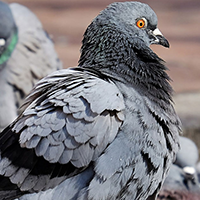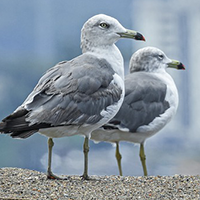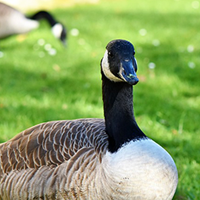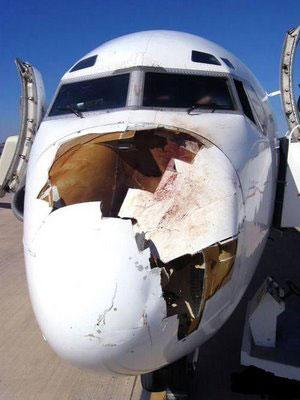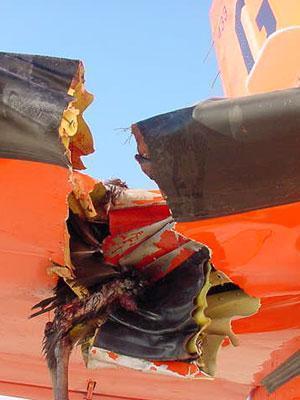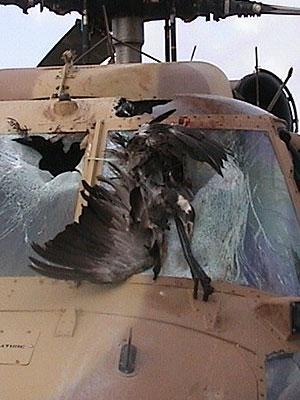The Importance of Bird Control in and around Airports
Yet another incident made headlines after a bird strike took out both of its engines, forcing US Airways Flight 1549 to make an emergency crash landing. A flock of approximately eight-pound (3.5-kilogram) geese had apparently brought down a plane, plunging it and 155 people into the frigid waters of the Hudson River.
Wildlife Hazard Assessment for Airports
Hawkeye's Dan Frankian is one of few qualified to conduct Wildlife Hazard Assessments (Bird & Animal Control, Removal & Abatement) for Airports certified under FAA Title 14 part 139.
If you manage an Airport in North America please visit our section on Airport Wildlife Hazard Assessments »
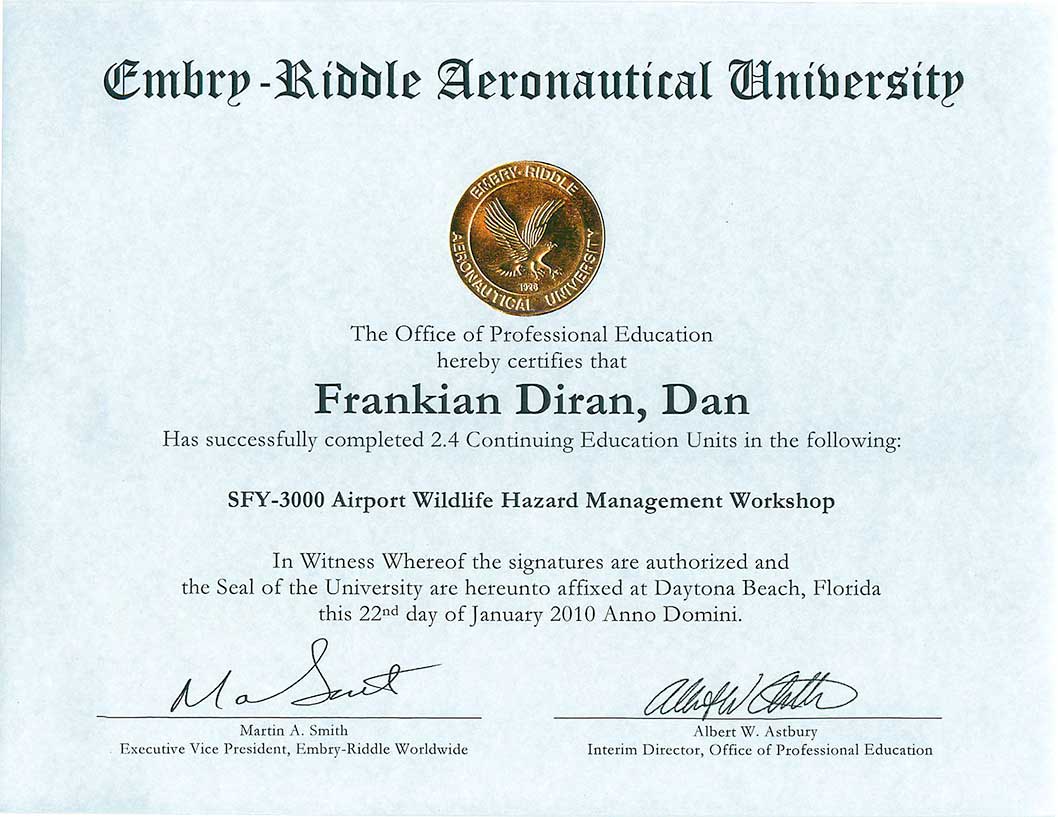
Using Falconry to Manage Bird Population at Airports
The benefits of using falconry are myriad. It is environmentally friendly, no chemicals or pollutants to harm the environment. It is highly effective. The presence of raptors is a very strong deterrent for almost every bird species. Falconry is highly adaptable. The falconry program is tailored to each airport and the environment. Read more about Hawkeye's Falconry Program at Airports »
 BULLETIN: AIRPORTS TO TAKE RESPONSIBILITY FOR BIRD STRIKES »
BULLETIN: AIRPORTS TO TAKE RESPONSIBILITY FOR BIRD STRIKES »
With soaring air traffic and migratory birds recovering from DDT and other pesticides, the number of bird strikes has been rising over the last 20 years, from about 1,500 in 1990 to about 8,000 last year.
Bird strikes to aircraft have been a concern since the first recorded fatal bird strike in 1912. More recently, bird strikes have led to fatal accidents for large military aircraft in both 1995 and 1996 and to a commercial airliner in 1988. Increasing North American populations of birds such as geese and ducks have led to a significant increase in the threat to aircraft, especially in areas on or near airports. The probability of a fatal bird strike accident can be estimated based on the past bird strike record. Specifically, the following analysis will estimate the probability of a fatal accident involving a bird strike to a large jet transport aircraft occurring in the next ten years in the U.S. or Canada.
Since 1990 the FAA (Federal Aviation Administration) has compiled statistics on bird strikes. Richard Dolbeer is the author of a report showing that 12 percent to 15 percent of the strikes result in damage to aircraft such as shown below here.
Still, to date, the most effective method of bird control around airports is the use of birds of prey and/or dogs. Contact us for details!














